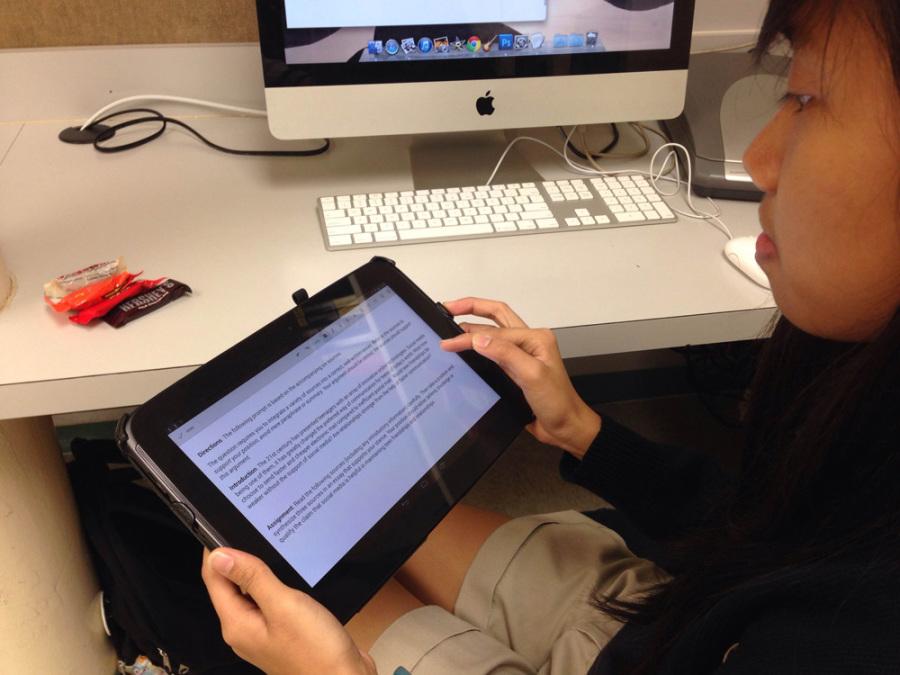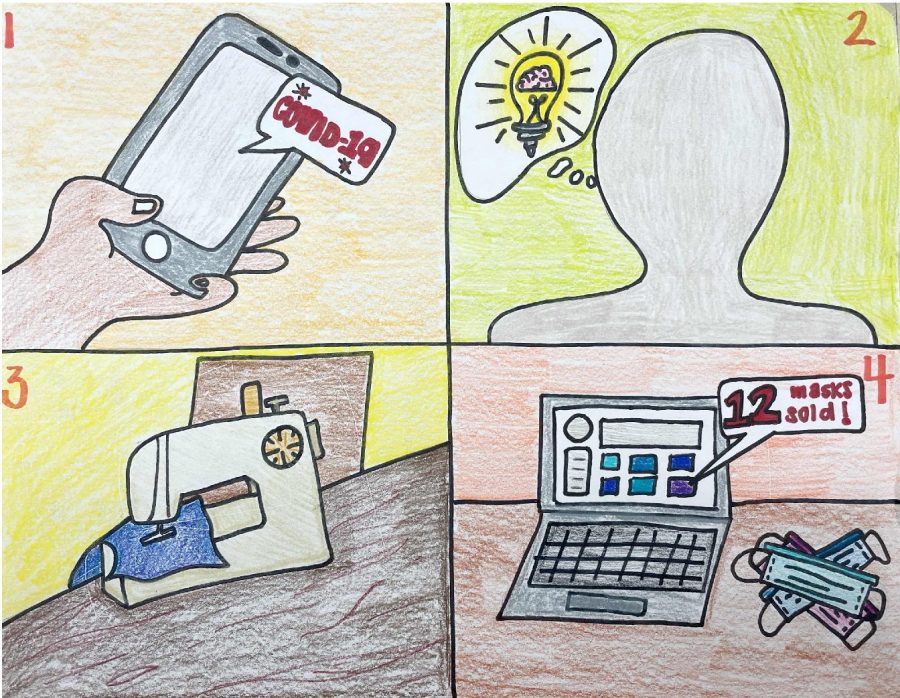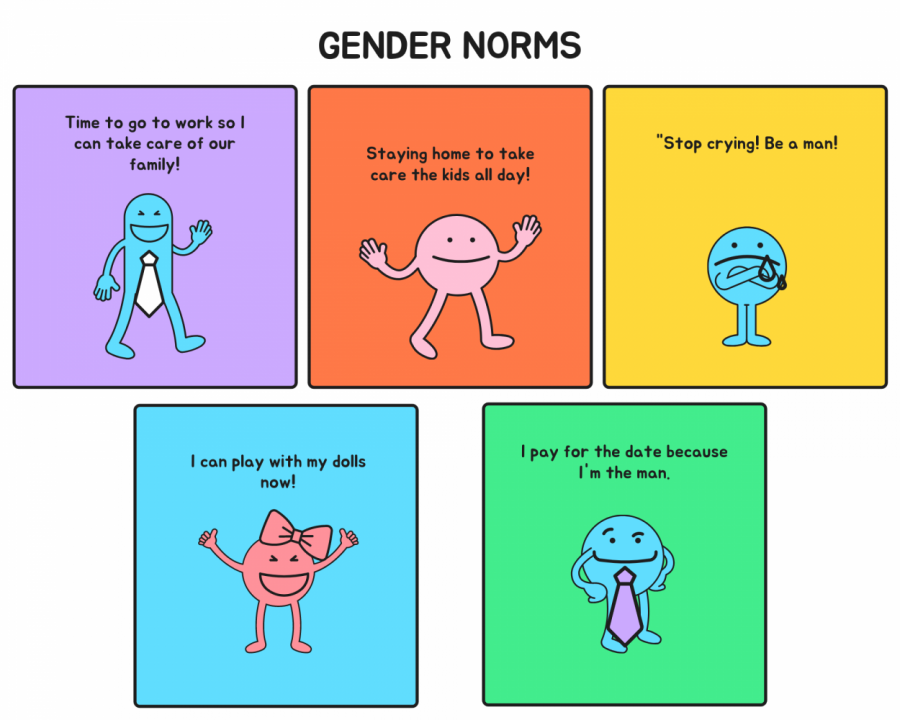Since the average American teenager spends more than seven and a half hours a day using an electronic device, teens are constantly searching for ways to conserve battery power. It is not uncommon to see teens carrying around their phone chargers hoping to find an outlet for more battery power or an outlet for the laptop. There are ways to save on battery usage.
“I find I usually have to carry my laptop charger around because I lose so much battery time while using my computer in school,” said junior Kristen Andres.
The iphone’s new ios7 update is infamous for its short battery life, but a few quick tips can significantly help to prolong it. First, users should turn off Parallax. This option can be found under settings->general->accessibility and turning on “Reduce Motion.” Phone users should also turn off Air Drop and Bluetooth by swiping up the Control Center.
Turning off unnecessary location services for apps that aren’t frequently used can also save power. This option can be found in the location services of the privacy section under settings. Background app refreshing can also be turned off in the Background App Refresh in the general category of settings. Lastly, turning off Siri’s “raise to speak” feature and turn off push notifications for as many apps as possible will also help conserve power.
“These tips actually really helped me in saving battery power. Now I don’t have to charge my phone as often,” said junior Nicole Baker.
Phones aren’t the only devices that need energy; laptops need energy as well.
“If students were to come to school with a fully charged battery, their laptops should last the entire day. Chances are, they are watching movies or Youtube videos on their computer which takes up more battery,” said IT member Randall Pong.
To conserve battery life, users should follow these steps: 1) Reduce the monitor’s brightness and volume, 2) Refrain from having multiple applications open at the same time, 3) Keep the laptop at room temperature, and avoid working in the sun or in extreme temperatures, 4) Unplug all devices such as a USB mouse or external drive, 5) Shut down the laptop when not in use, 6) Occasionally clean the battery’s contacts with rubbing alcohol on a damp cloth and 7) Disable unused ports such as Ethernet and USB.
“I would also recommend students to charge their laptop overnight so it is fully charged for an entire day of school,” said junior Jillian Anderson.





























